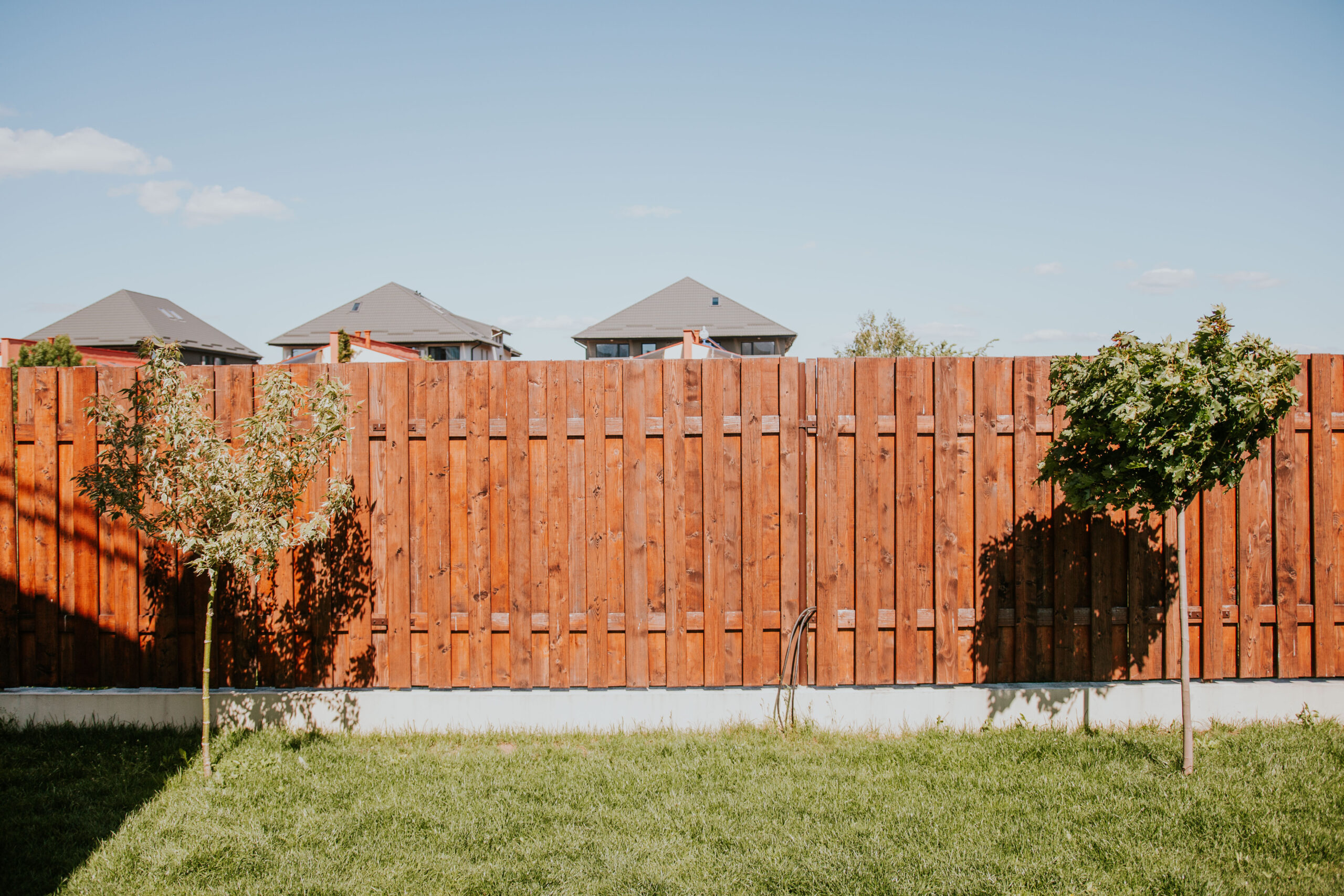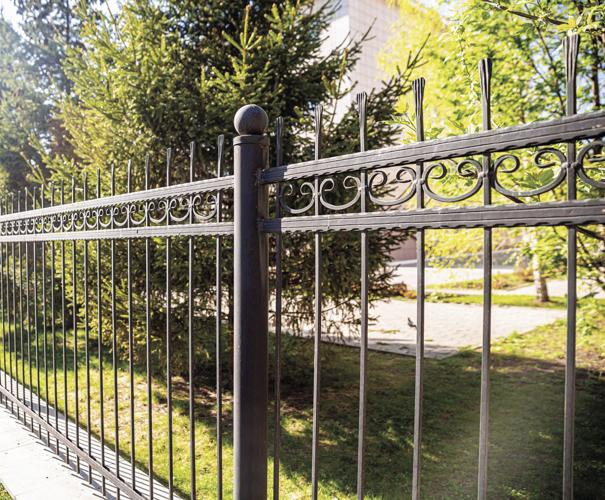All Categories
Featured

Choosing the appropriate fencing material is vital for accomplishing the balance of toughness, visual appeals, and performance that matches your building. Wood, plastic, and aluminum are prominent options, each with unique features that cater to details needs. Here's an extensive take a look at the benefits and negative aspects of these three products.
Timber Fence. Pros:. Classic Appeal: Timber uses an all-natural, traditional appearance that matches various building styles. Customizable: It can be painted or stained in a variety of layouts and colors. Cost effective: Wood fences are commonly less costly ahead of time than plastic or light weight aluminum. Eco-Friendly: As a renewable source, wood is naturally degradable and sustainable when sourced responsibly. Cons:. Maintenance-Intensive: Needs normal staining, painting, or sealing to protect against climate and insects. Much Shorter Life-span: Depending upon the kind of wood and climate, it typically lasts 10-15 years. Susceptability to Damages: Prone to rotting, bending, and termite damage without proper care. Wood is optimal for house owners that value appearances and want to invest time and initiative in upkeep to lengthen its life.
Plastic Fencing. Pros:. Durable: Immune to insects, rot, and weather, vinyl maintains its structure in rough conditions. Reduced Maintenance: Calls for little maintenance past periodic cleaning. Lengthy Life-span: Vinyl can last 20-30 years without significant wear or damage. Versatile Designs: Readily available in different shades, textures, and designs, consisting of alternatives that mimic wood. Disadvantages:. Pricey Installation: Plastic fences are much more pricey to mount contrasted to timber. Breakable in Cold Climate: Plastic can fracture in extreme chilly environments. Hard to Fixing: If damaged, entire areas might need replacement, which can be challenging to match. Plastic secure fencing is a great choice for those focusing on durability and very little upkeep, even if it features a greater ahead of time cost.

Aluminum Fence. Pros:. Rust-Resistant: Light weight aluminum does not rust, making it suitable for damp or damp areas. Lightweight but Strong: Offers toughness without being extremely heavy, which streamlines installment. Low Maintenance: Needs bit more than cleaning and periodic repainting. Durability: Aluminum fences can last for years without significant damage. Stylish Layouts: Usually used for attractive purposes, light weight aluminum adds refinement to any type of building. Cons:. High Initial Cost: Light weight aluminum fencings are among the much more expensive choices. Minimal Personal privacy: Often made with open spaces, they don't obstruct sights or noise. Susceptible to Damages: While durable, aluminum can be nicked or curved with heavy impact. Light weight aluminum is ideal fit for those who want a durable, stylish fencing and do not require full personal privacy.
Making the Right Selection. Each material has its weaknesses and toughness:

Timber is best for traditional aesthetics and eco-conscious customers that don't mind maintenance. Vinyl helps home owners seeking a weather-resistant, low-maintenance service. Light weight aluminum is a resilient, ornamental choice for those that want beauty and durability. Consider your top priorities-- whether it's cost, maintenance, privacy, or appearance-- and seek advice from a fence professional to choose the product that ideal satisfies your needs. A well-selected fencing will certainly enhance your property for many years to find.
Latest Posts
Celebrate Extraordinary Birthdays at FunCity Hotel
Published Apr 20, 25
1 min read
NAPA AutoCare Certified: Trust Montclare Auto Repair for Quality Service
Published Apr 19, 25
2 min read
Full Circle Strategic Marketing - Supercharge Your Marketing Efforts with Tailored Strategies
Published Apr 19, 25
2 min read
More
Latest Posts
Celebrate Extraordinary Birthdays at FunCity Hotel
Published Apr 20, 25
1 min read
NAPA AutoCare Certified: Trust Montclare Auto Repair for Quality Service
Published Apr 19, 25
2 min read
Full Circle Strategic Marketing - Supercharge Your Marketing Efforts with Tailored Strategies
Published Apr 19, 25
2 min read